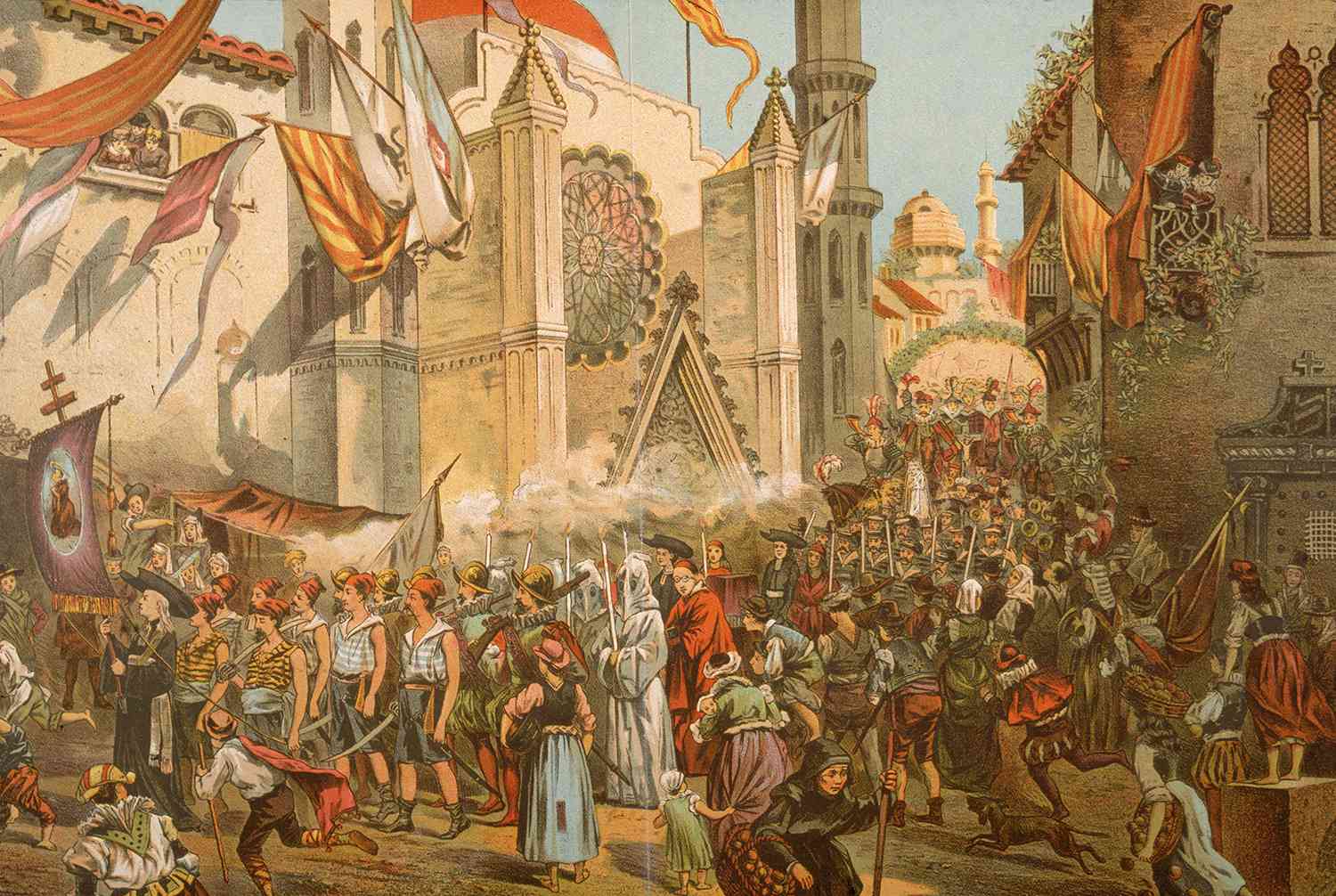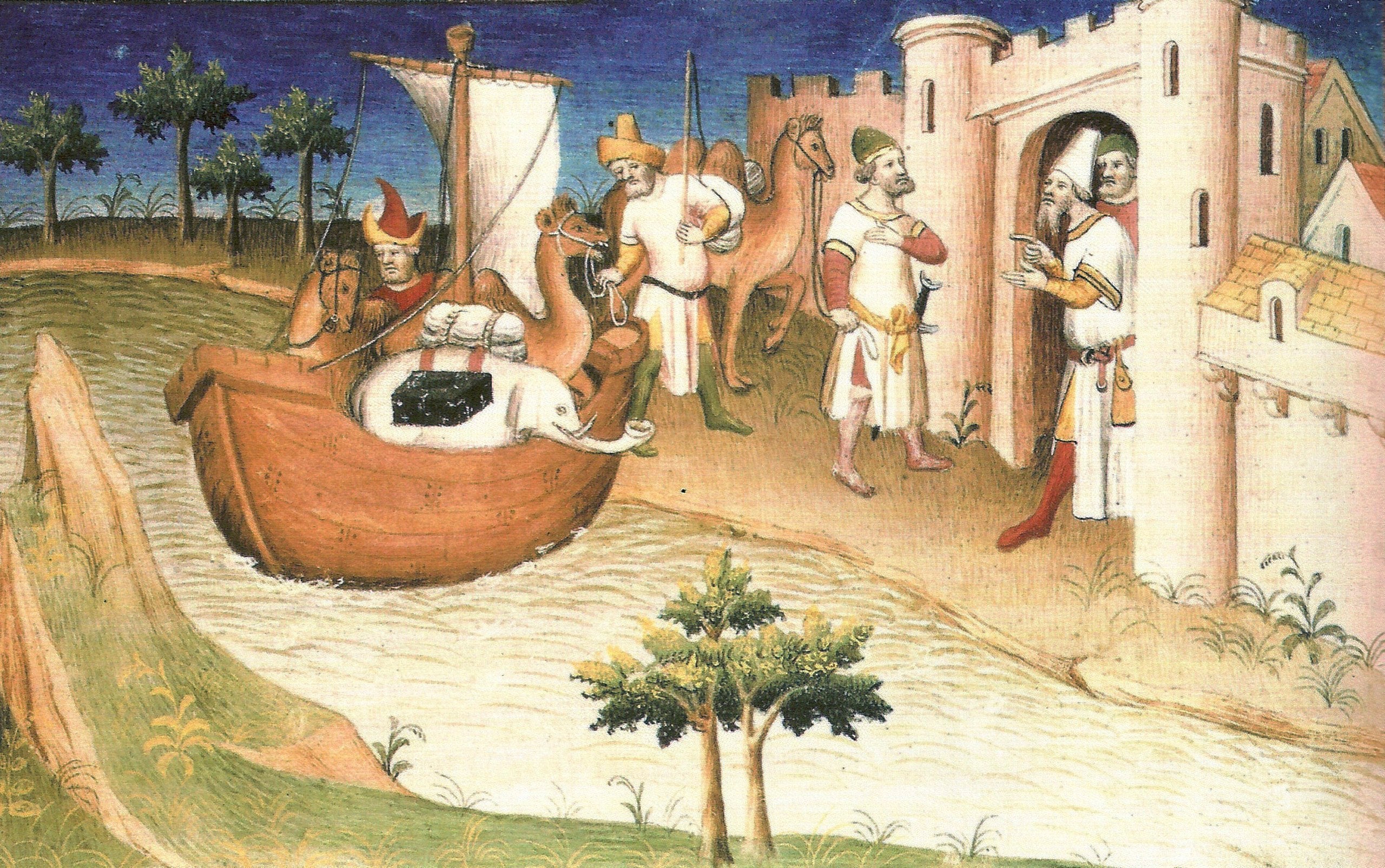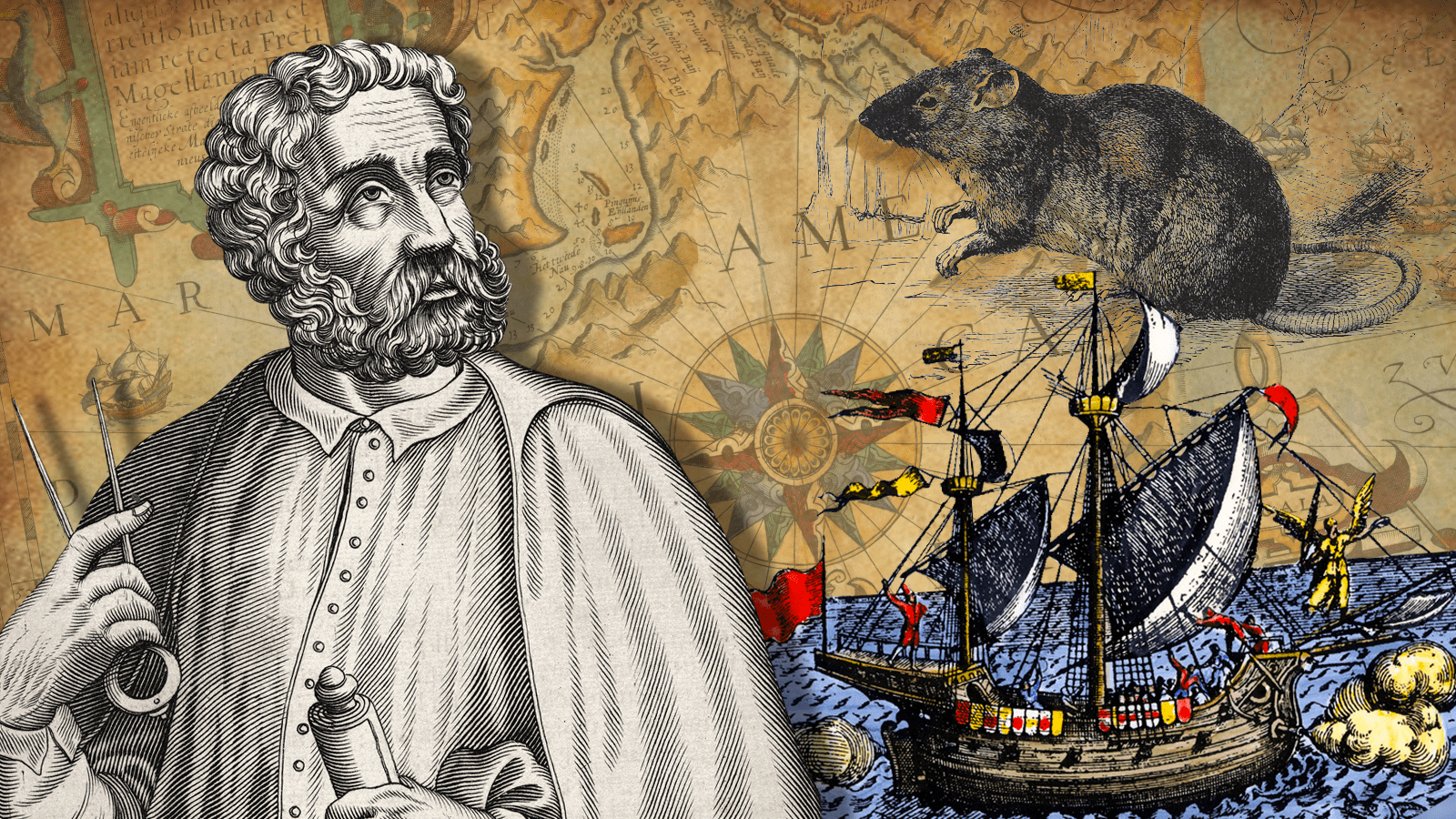Nestled in the Chüy Valley of present-day Kyrgyzstan, the ancient city of Navekat (also known as Nevkat) thrived between the 6th and 12th centuries as a significant hub along the Silk Road. Its strategic location near modern-day Bishkek made it a vital point for trade and cultural exchange between East and West. Archaeological excavations have revealed a city of remarkable scale and diversity, featuring extensive fortifications, public buildings, and a citadel built upon one of the largest man-made mounds in the world. Artifacts unearthed include a golden burial mask and an 8-meter-long reclining Buddha statue, indicating the city’s rich cultural tapestry and its role as a melting pot of religions and traditions.
Navekat’s significance extends beyond its architectural marvels. The city was a testament to the Silk Road’s role in facilitating not just commerce but also the exchange of ideas, beliefs, and cultures. The presence of Buddhist temples alongside evidence of Zoroastrian, Christian, and Manichaean practices highlights the city’s religious plurality. Such diversity underscores the Silk Road’s function as a conduit for spiritual and intellectual interaction, where travelers and traders brought with them not only goods but also philosophies and worldviews that enriched the regions they touched.
Today, the ruins of Navekat serve as a poignant reminder of the interconnectedness that once defined the Silk Road era. Recognized as part of the UNESCO World Heritage Site “Silk Roads: the Routes Network of Chang’an-Tianshan Corridor,” Navekat invites scholars and travelers alike to explore its historical depths. By studying and preserving such sites, we gain invaluable insights into the complex web of human interaction that shaped civilizations across continents, emphasizing the enduring importance of cultural exchange in our shared history.





